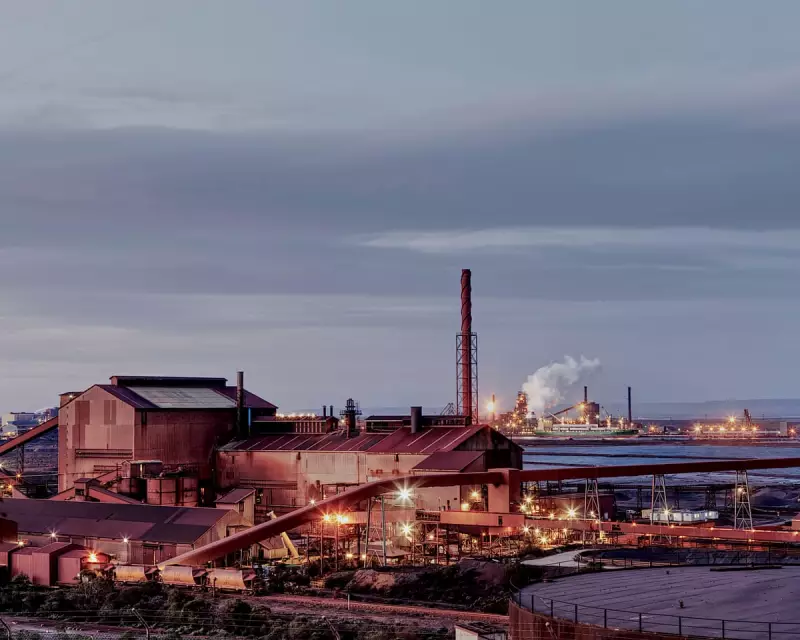
The administrator of South Australia's Whyalla steelworks stands at a critical juncture, facing a decision that could define Australia's industrial future: whether to base the facility's revival on fossil gas or embrace green hydrogen technology.
The $2.4 Billion Rescue Package
In February, the South Australian government forced the Whyalla steelworks into administration, appointing advisory firm KordaMentha as administrator after creditors were owed over $1 billion. Around that time, both the commonwealth and South Australian governments announced a joint rescue package worth $2.4 billion to salvage the struggling industrial asset.
The steelworks complex comprises mining operations (particularly magnetite ores), a blast furnace, a basic oxygen furnace for crude steel production, downstream fabrication facilities, and a port for shipping finished products.
Whyalla's Unique Advantages for Green Production
According to experts, Whyalla possesses all the necessary ingredients to become a thriving, globally competitive green iron hub. The region boasts plentiful magnetite ore – ideal for green iron production – combined with excellent port infrastructure and an existing skilled workforce.
The Spencer Gulf location offers some of the world's best solar and wind resources, potentially delivering among the lowest-cost green electricity prices globally. Modelling by the Superpower Institute suggests the Whyalla region is exceptionally well-suited to making green iron at costs competitive with fossil fuel-made iron, especially when environmental impacts are factored in.
The Gas Versus Green Hydrogen Decision
The administrator's fundamental choice lies between two technological pathways: one utilising gas and another employing green hydrogen. However, experts argue that gas-based production can never be competitive in Australia, where east coast gas prices sit at about $12 to $13 per gigajoule – roughly four times higher than prices in the Middle East and the United States.
"It is insanity to start a new industry which you know can never be profitable and which will always rely on continuing taxpayer support to subsidise high gas prices," state Rod Sims and Baethan Mullen of the Superpower Institute.
Furthermore, using gas would require significant expansion of a small pipeline, costing many hundreds of millions and taking considerable time – during which wind and solar construction could be completed.
Both technologies require significant initial government support, but only green iron is expected to reach a stage where such support becomes unnecessary as global decarbonisation progresses.
Political Commitment Under Scrutiny
The Whyalla situation presents a litmus test for governmental commitment to green transition policies. Although the administrator has given Bluescope a right of last refusal in the tender process – often considered a commercial licence to operate – this doesn't necessarily close the door on green production.
Bluescope has explicitly stated it has no interest in green iron, even claiming the technology isn't proven – a position experts describe as "clearly untrue." This stance has reportedly deterred competing bidders seeking a green pathway.
The success of the Whyalla facility now rests heavily with the commonwealth and South Australian governments, testing their commitment to both the energy transition and the Future Made in Australia (FMIA) policy.
South Australia has long positioned itself as a future green iron leader, backing this ambition with legislation and funding. Meanwhile, the commonwealth's FMIA policy focuses on net zero transformation through specific policies and legislation – frameworks that experts say ideally suit green iron production.
The fundamental question remains: if not now, when? And if not in Whyalla, with its natural advantages, where else in Australia can this green industrial transformation occur?





